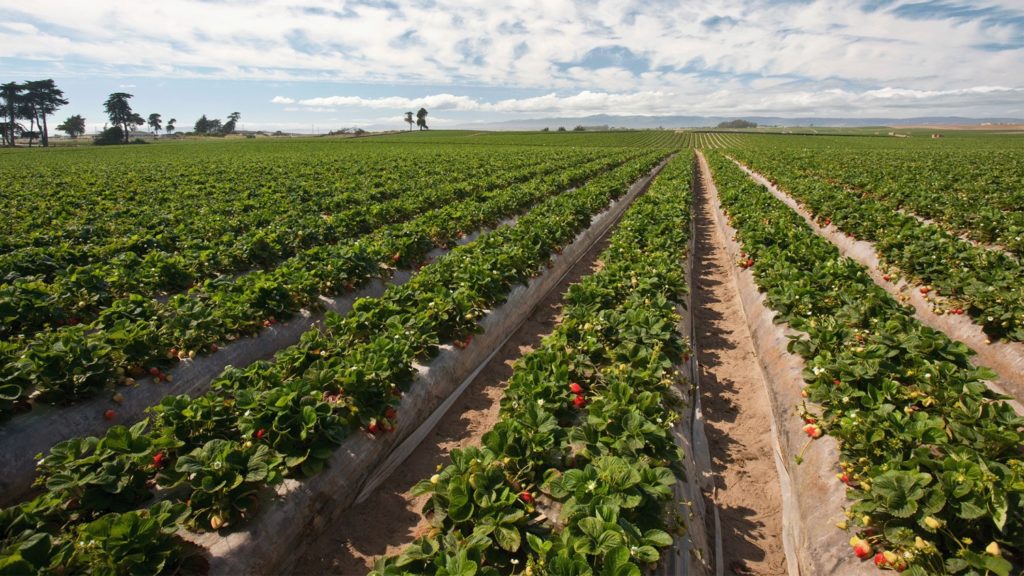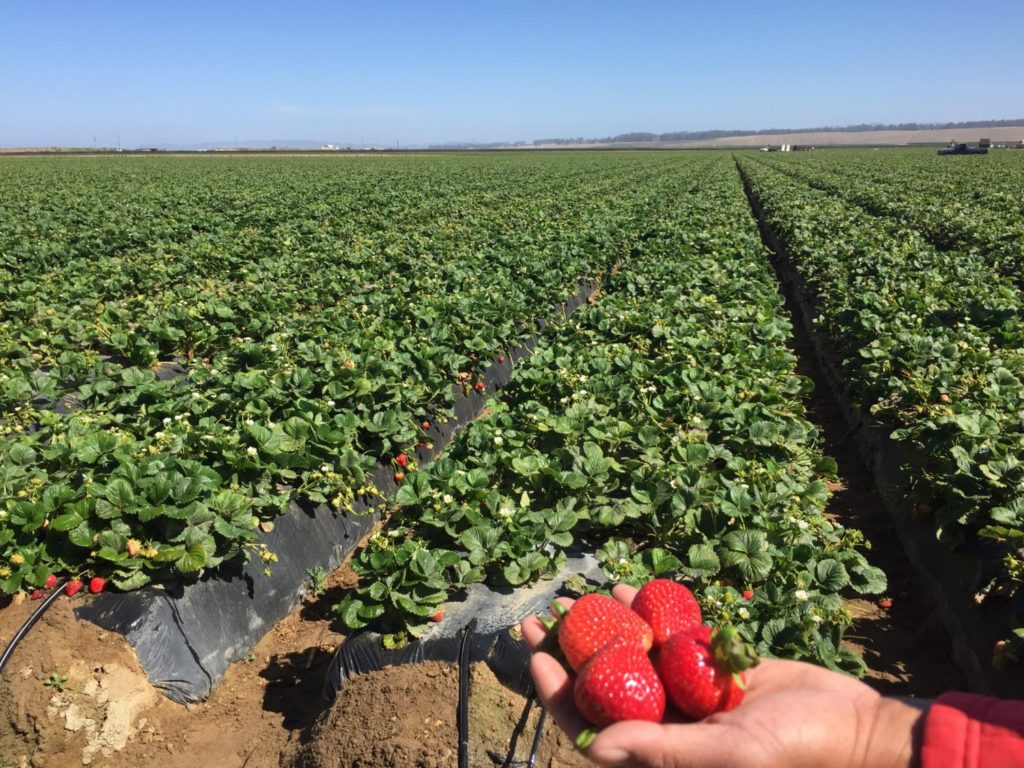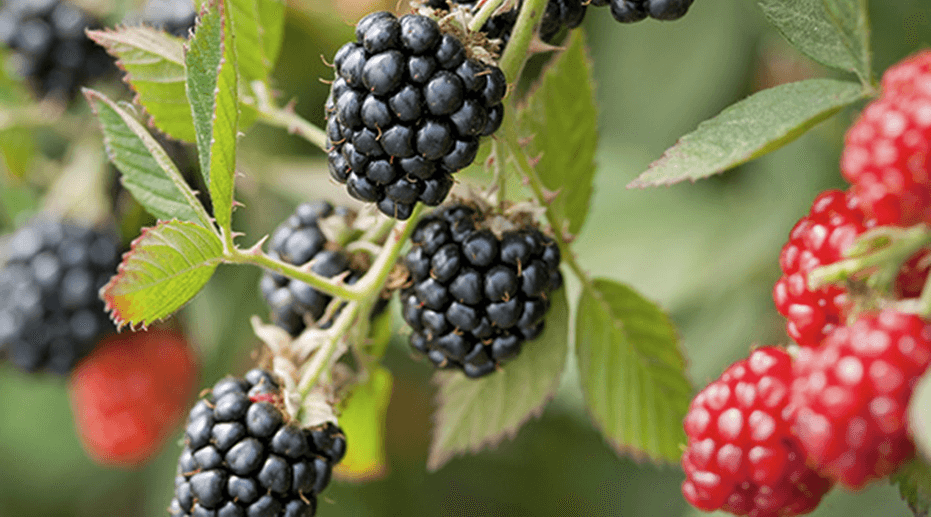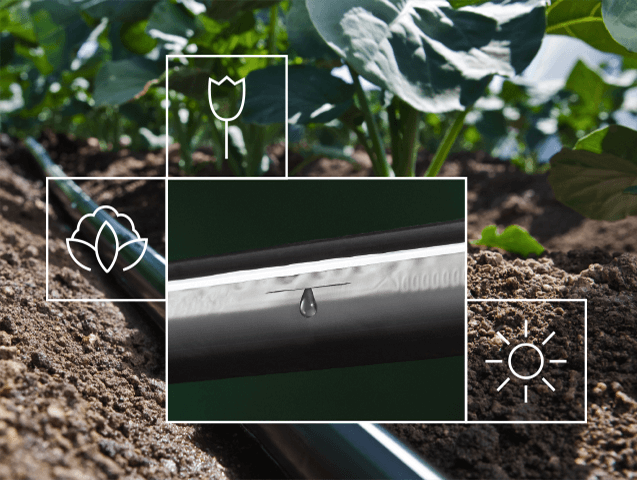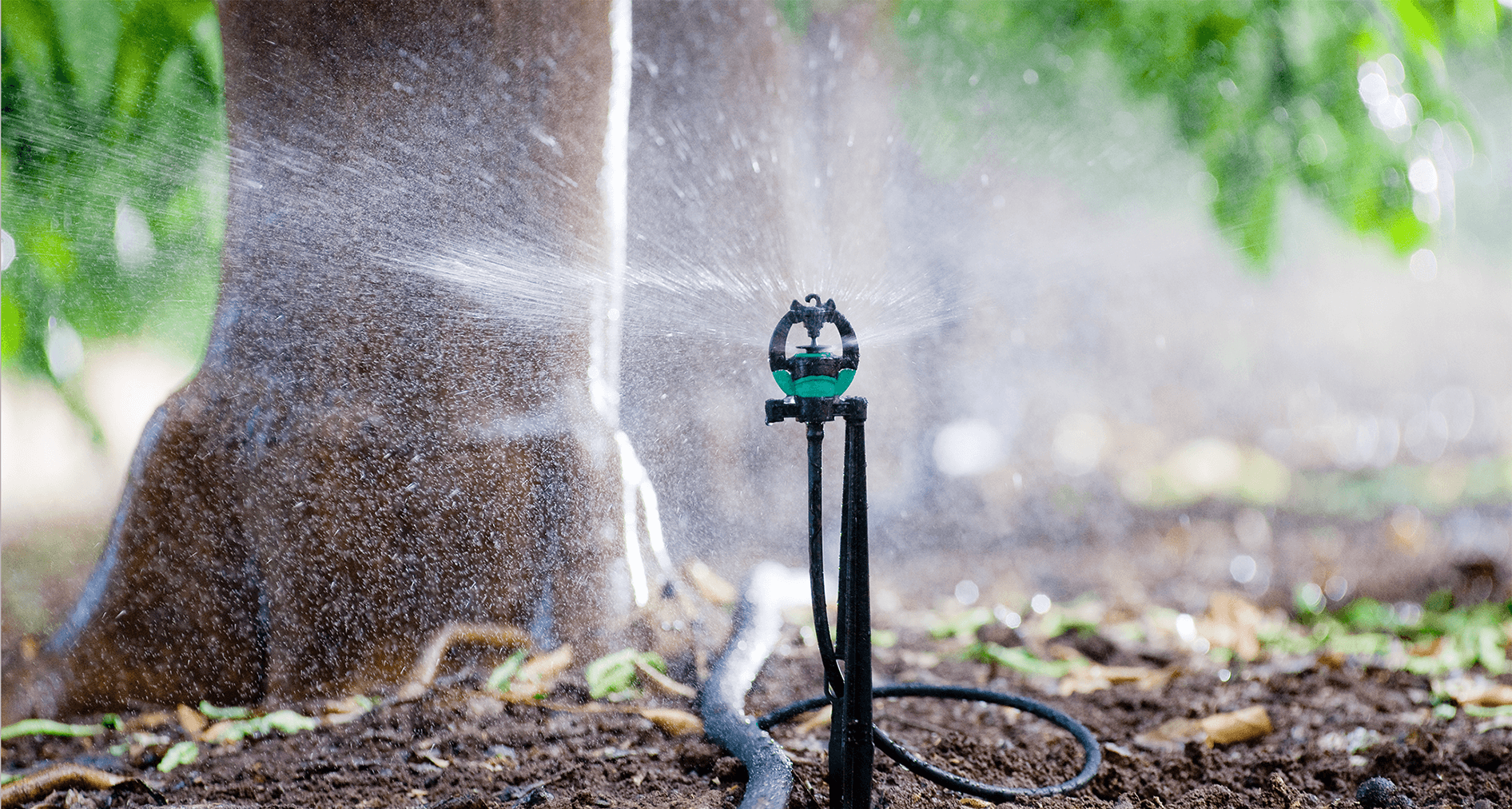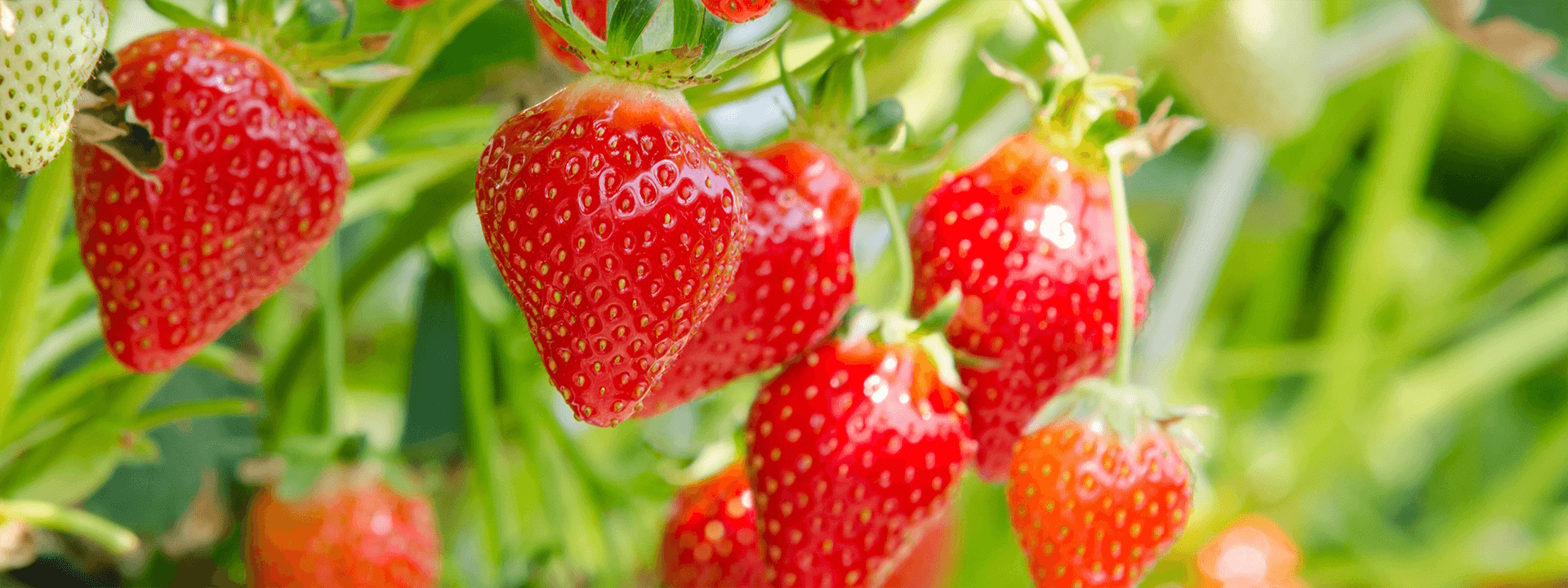

Strawberries irrigation: Maximizing yield with drip and micro irrigation
Strawberries are a high-value but extremely sensitive crop. Most strawberries are grown in light sandy soils, and some in soilless systems. In both cases, sufficient and accurate irrigation is critical in order to achieve high yields and maintain healthy plants.
Basics of Strawberry Irrigation
- Strawberry plants have small and shallow roots that are sensitive to suffocation (lack of oxygen), which can be caused by over irrigation. Irrigating during the growth season with drippers allows the grower to deliver an exact amount of water, and to irrigate in frequent and short cycles in order to supply the plants with the water and nutrient needed.
- When growing strawberries from runners, in the initial growing stages when runners have virtually no functioning roots, overhead sprinkler irrigation keeps the leaf functioning and allows roots to form, so is the best solution during this period.
Advantages of drip irrigation in strawberry growing
Water conservation
Strawberries are usually grown in light soils or soilless media. Using low flow drippers with several intervals will prevent water loss and keep sufficient water for strawberry growth.
Reduced disease
Strawberries are very sensitive to root and leaf diseases, so using drip irrigation will keep the leaves dry and prevent disease.
Improved yield
Maintaining the right irrigation regime and applying accurate nutrients through fertigation will ensure high-yielding strawberry plants.
Rivulis drip irrigation systems for strawberries
Rivulis’ drip irrigation systems are the most efficient solution, delivering water directly to the strawberry plant’s root zone. Strawberries are sensitive to salinity. If you have slightly saline water, manage this risk by using close dripper spacing and applying enough water to push the salinity away from the root zone.

- Rivulis T-Tape is the best solution by far for strawberry irrigation.
Minimize risk: Rivulis T-Tape is a premium drip tape that strawberry growers prefer above all others due to its uniform flow, unique internal design and turbulent flow channel emitter manufactured into the tape itself, which delivers clogging resistance, even under poor water quality conditions.
Utilize close dripper spacing: Strawberries are typically planted at 25–30 cm (10–12”) intervals. Each plant will typically yield between 0.75–1.3 kg (1.7–2.9 lbs) of fruit. This makes close dripper spacing very important. With T-Tape, there is no additional cost for closer spaced drippers, even at 10 and 15 cm (4” and 6”). Discover more about optimizing your emitter spacing by reading our guide on the subject.
Slit outlet to prevent soil ingestion: While the tape is installed under plastic mulch, it should also be shallow buried a few centimeters to prevent it from ‘snaking’ under the plastic mulch. A challenge when burying drip lines is soil ingestion at shut off. Rivulis T-Tape was specifically engineered with a slit outlet that closes at shut off to help prevent this.
Seam design for easy retrieval: At the end of the season, the plastic mulch and tape are often removed at the same time. Rivulis T-Tape has a seam along the length of the tape that provides an extra layer of strength to help prevent snapping during retrieval.
Rivulis T-Tape is one of the most popular drip products worldwide and is common in strawberry production in California, Mexico, Spain, Italy and Australia.
- If strawberries are grown from runners, a supplementary overhead sprinkler irrigation system is the best solution during this initial stage of growth. We offer a wide range of sprinklers, including the world famous NaanDan 5022 Plastic Impact Sprinklers.
In open field applications, NaanDan 5022 sprinkler spacing is usually 9 m (30’) (down rows) x 10–11 m (32–36’) (across rows depending on bed configuration).
NaanDan 5022 Impact Sprinklers deliver high uniformity of crop coverage. For tunnels, either use the NaanDan 5022 as above, or the inverted Rondo sprinklers. Criteria to consider in the use of inverted Rondo sprinklers to ensure adequate coverage of the plants include the height of the sprinkler above the grow bags, the slope of the tunnel roof and the distribution of the grow bags.
Best practices and tips for a great strawberry harvest
- Calcium is important for growing strawberries with good cell strength. Calcium applications should be considered for high-quality fruit. Calcium uptake will be most effective when a sufficient wet-up and dry-down irrigation schedule is implemented.
- When planting in soil, managing soil disease and nematodes is critical. This is achieved mainly through disinfection or moving the location of your strawberry production.
- Match the variety to the cropping season and climate. For example, do you want a short day, day neutral or long day flowering? While it can be tempting to plant early to maximize early harvest yields, if you plant too early, you may have reduced yield as the plants undergo a period of dormancy.
- The best dripper spacing is under 20 cm (8”), and ideally at 15 cm (6”).
- Rivulis T-Tape is designed for a nominal pressure of 0.55 bar (8 psi). However, for uniform application in strawberries, it is recommended to run at a slightly higher pressure, with approximately 0.85 bar (12 psi) at the start of the tape. This will ensure the best application of water on lightly undulating terrain, even as pressure decreases along the length of the tube. The Rivulis hydraulic design center can help design the best irrigation system to minimize flow variability and increase uniformity.
- Strawberries don’t like salty water. If your water has a bit of salt, make sure to use more drip emitters close to the plants and give them plenty of water to wash the salt away from their roots.
- Save fertilizer and improve yield and fruit quality by undertaking regular sap and soil tests during the cropping stages.

What Strawberry Growers Are Saying about Rivulis
Frequently asked questions about strawberry plants
Drip irrigation is the most suitable for strawberries as it minimizes diseases and increases nutrient uptake.
The pH of irrigation water should be 5.5–6.5 for efficient nutrient uptake.
Strawberries are very sensitive to salinity, so the electrical conductivity (EC) of the irrigation water should be kept under.
Strawberries are usually grown in light sandy soils, so irrigation should be applied in short intervals and according to the plant transpiration rate.

Any information provided herein, including any case study referrals are for information purposes only and actual results may vary.
Whilst every effort has been made to ensure all data is accurate, the accuracy of all data cannot be guaranteed and it is advised that you to consult with an irrigation specialist for your specific needs and to carefully review technical specifications for proper use.
As some products are not available in all regions, please contact your local authorized dealer for additional details.
TABLE OF CONTENTS
- Basics of strawberry irrigation
- Advantages of drip irrigation in strawberry growing
- Rivulis drip irrigation systems for strawberries
- Best practices and tips for a great strawberry harvest
- What strawberry growers are saying about Rivulis
- Irrigation solutions for strawberry plants
- Frequently asked questions about strawberry plants


